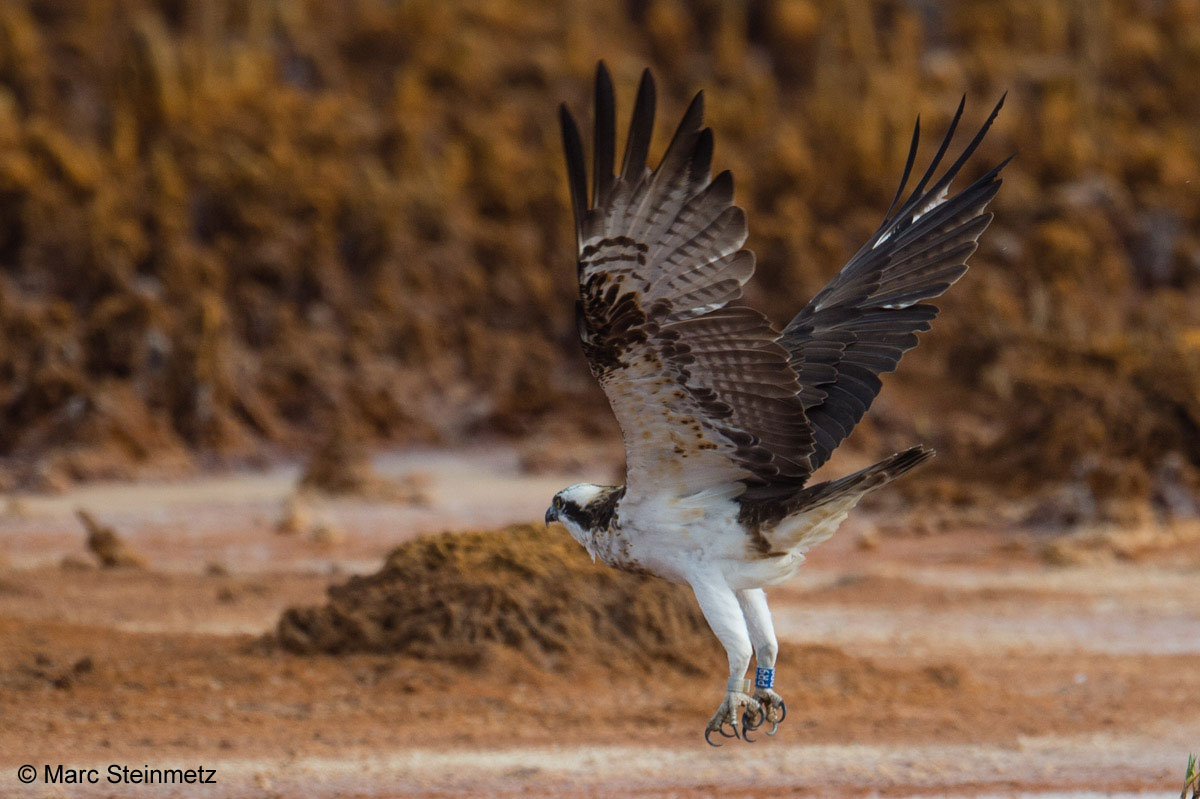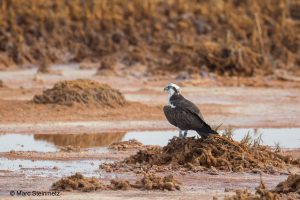After building five additional platforms since last spring (the latest two this weekend), we now have 21 nests, most of which have a super view of one or another lake in the region. Great thanks go to our incredible climbers Christian and Paco Grand, as well as to all the other volunteers* who helped make this happen.
While the symbolic milestone of 20 nests is now passed, we will continue to build more since we want to give our returning ospreys as great a choice as possible. The platforms are all in quiet areas, well out of sight from the many well-trodden tracks and paths that cross the Swiss Plateau.
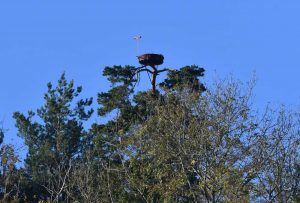 One of our next challenges will be to monitor them regularly, so we know if any Osprey are attracted. When the time comes, we will of course need to work hard to guarantee the security and tranquility of the birds.
One of our next challenges will be to monitor them regularly, so we know if any Osprey are attracted. When the time comes, we will of course need to work hard to guarantee the security and tranquility of the birds.
*Emile Curty, Henri Vigneau, Michel Beaud, Yann Marbach, Wendy Strahm, Denis Landenbergue, Carmen Sedonati, and Joachim Haldi

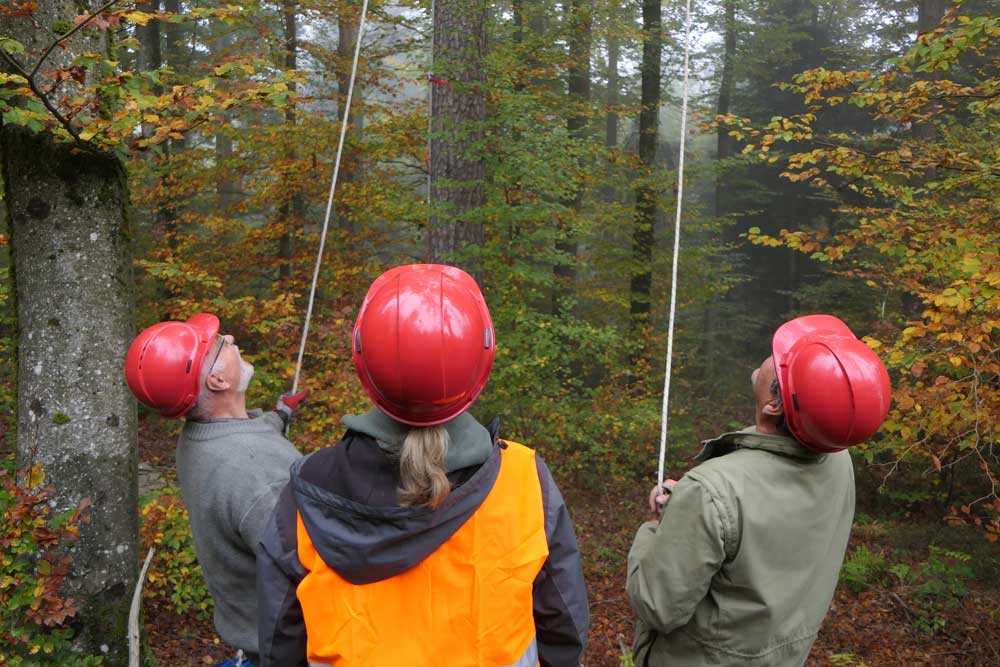
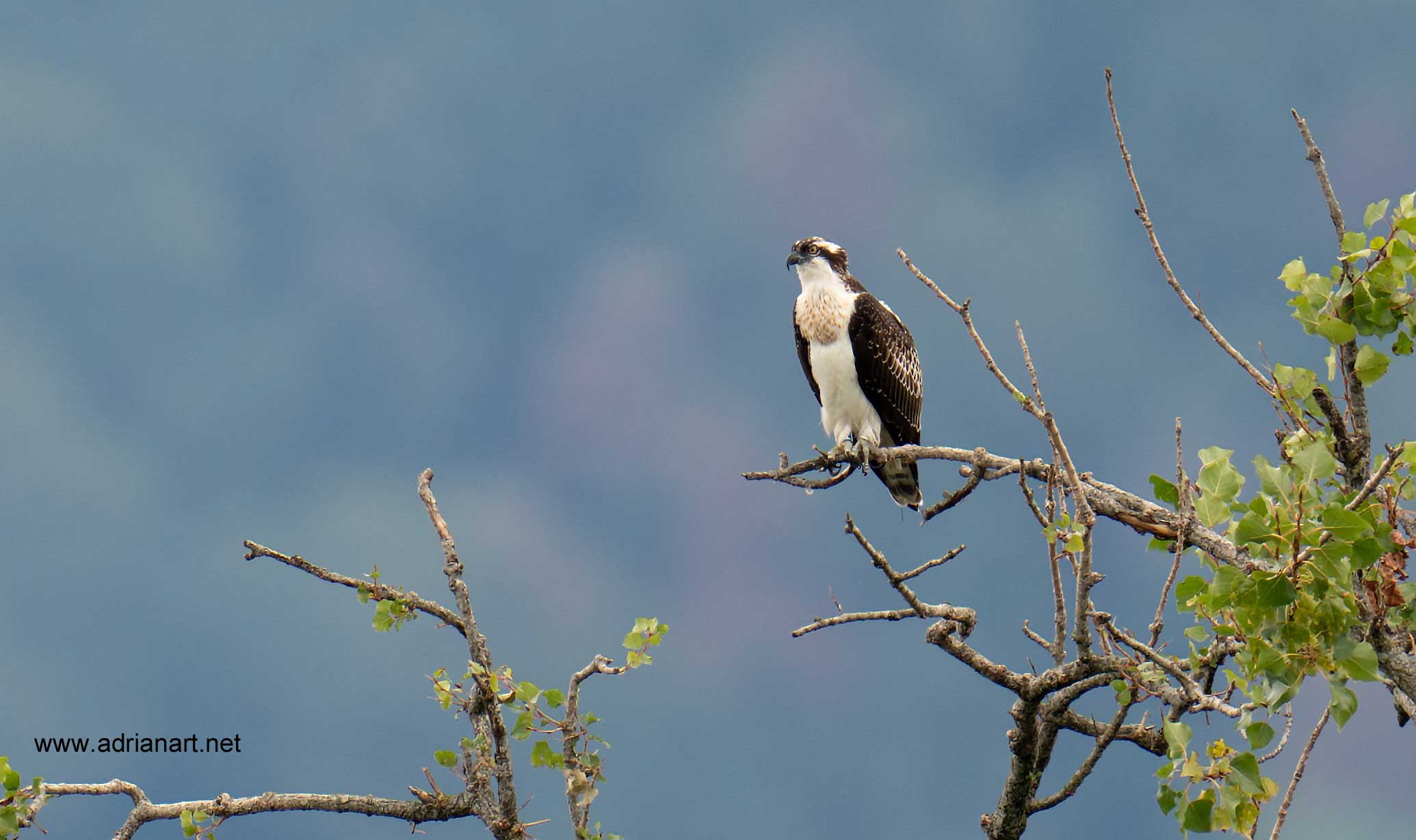
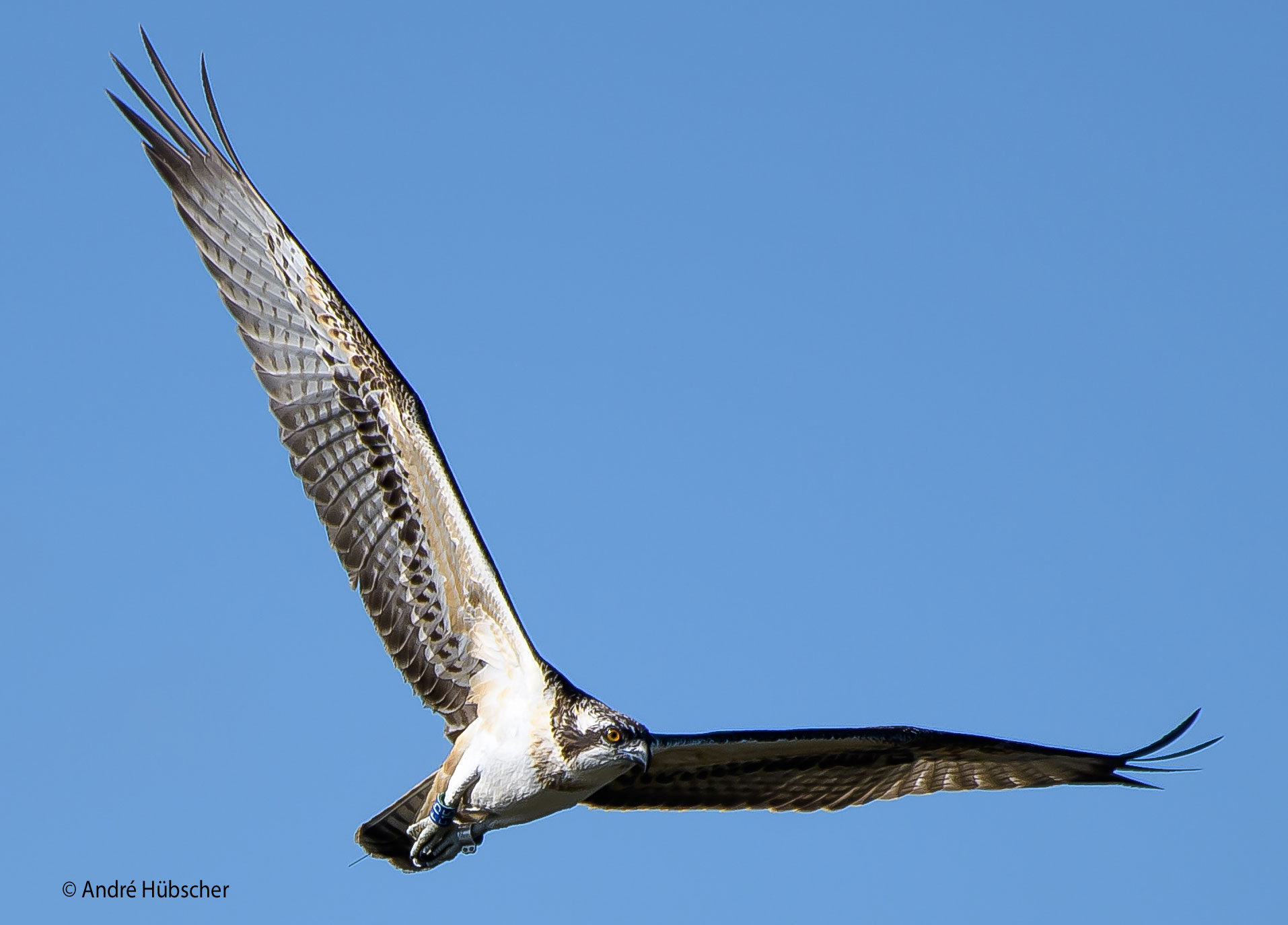
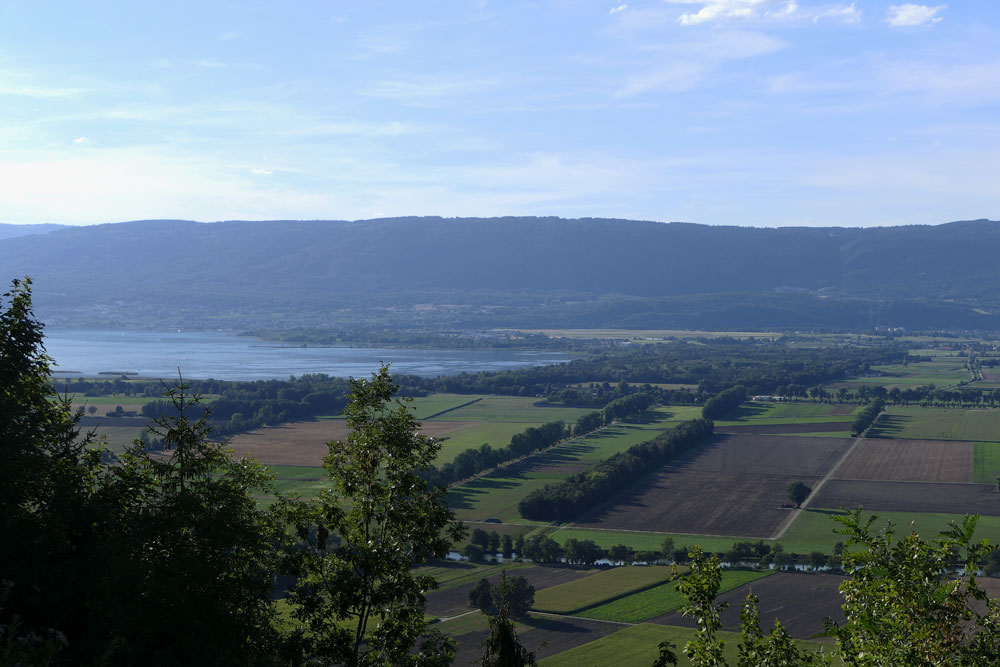
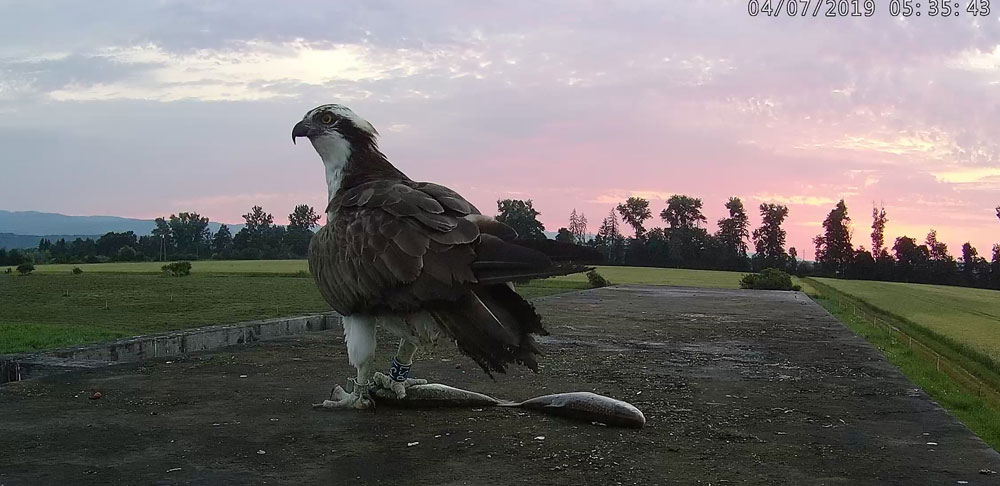
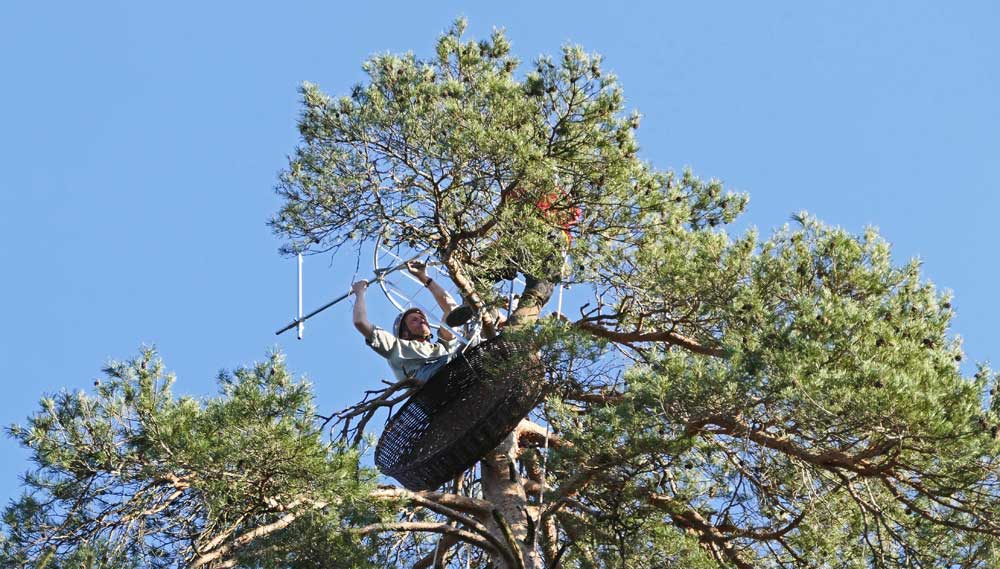
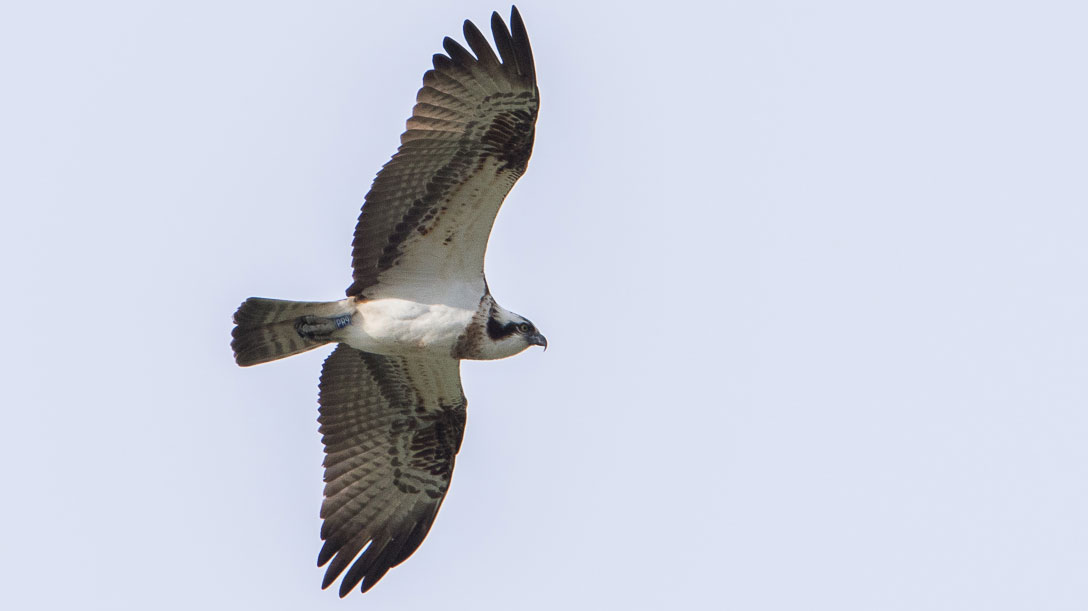
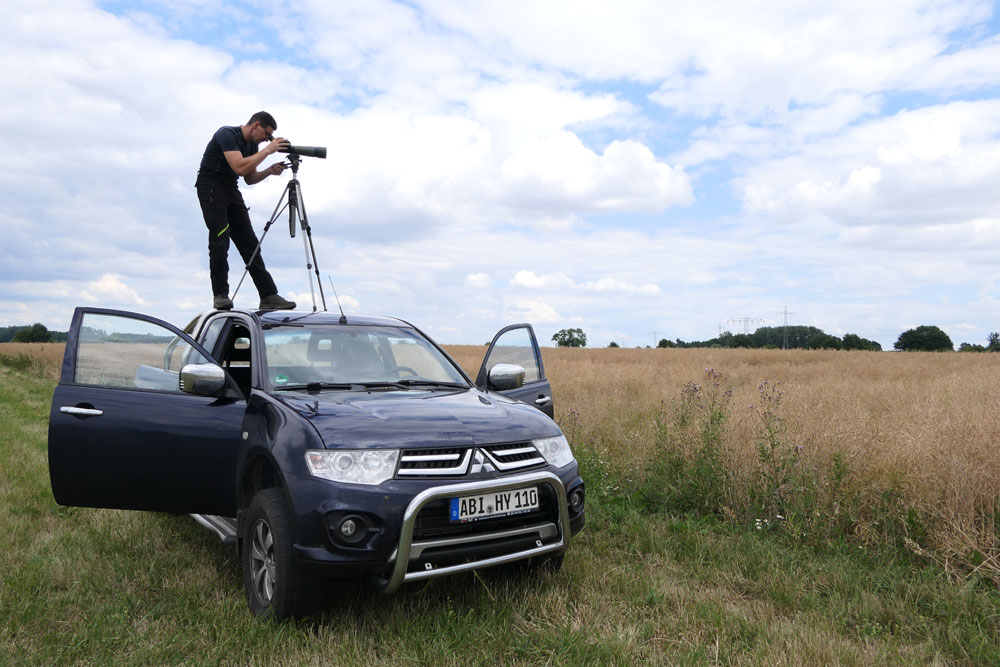
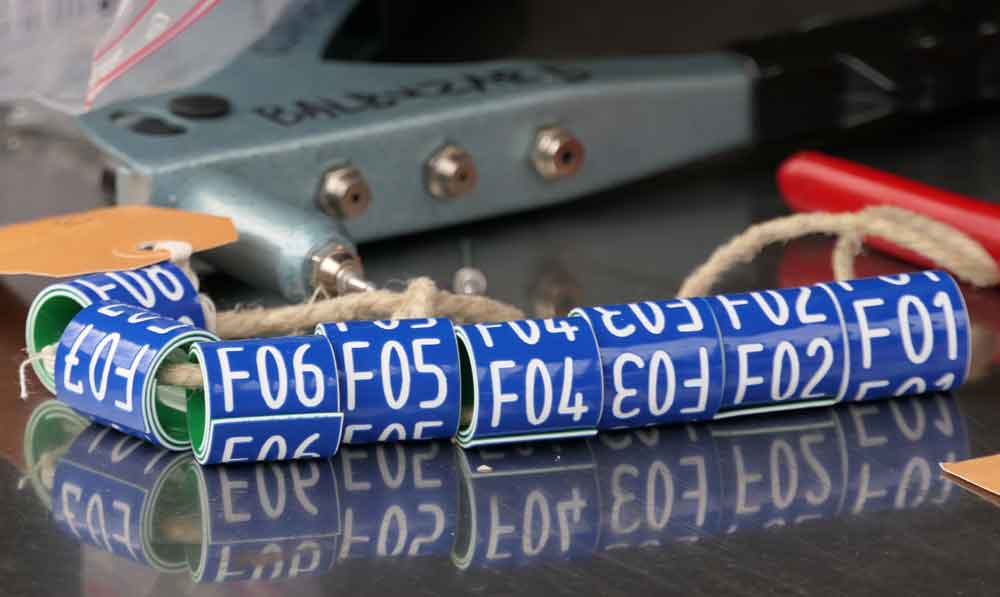
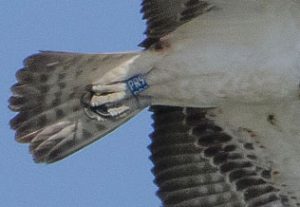 Which is why we’re asking all observers to please tell us if they see an Osprey with a blue ring on its right leg, in Switzerland or the surrounding region, either at
Which is why we’re asking all observers to please tell us if they see an Osprey with a blue ring on its right leg, in Switzerland or the surrounding region, either at 